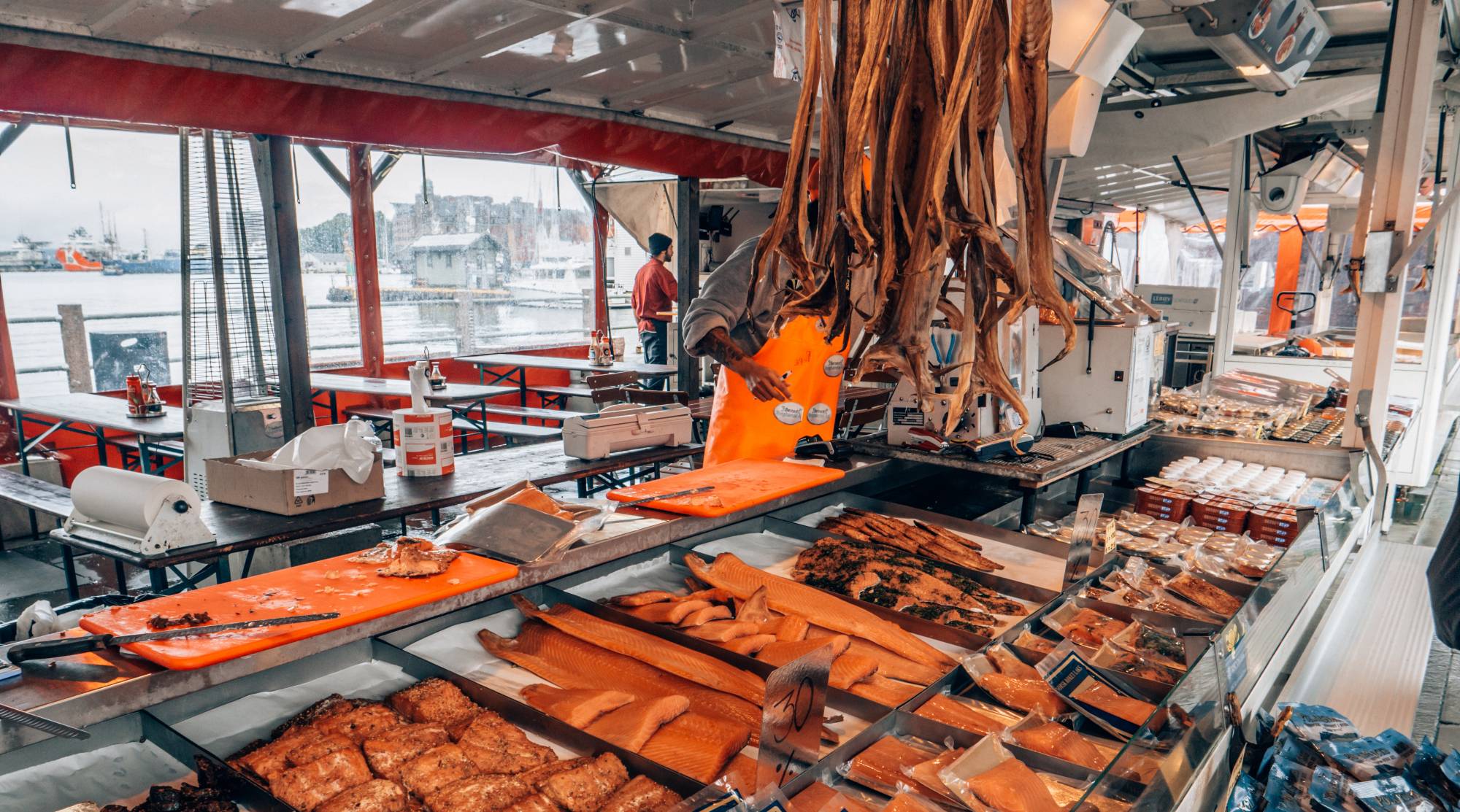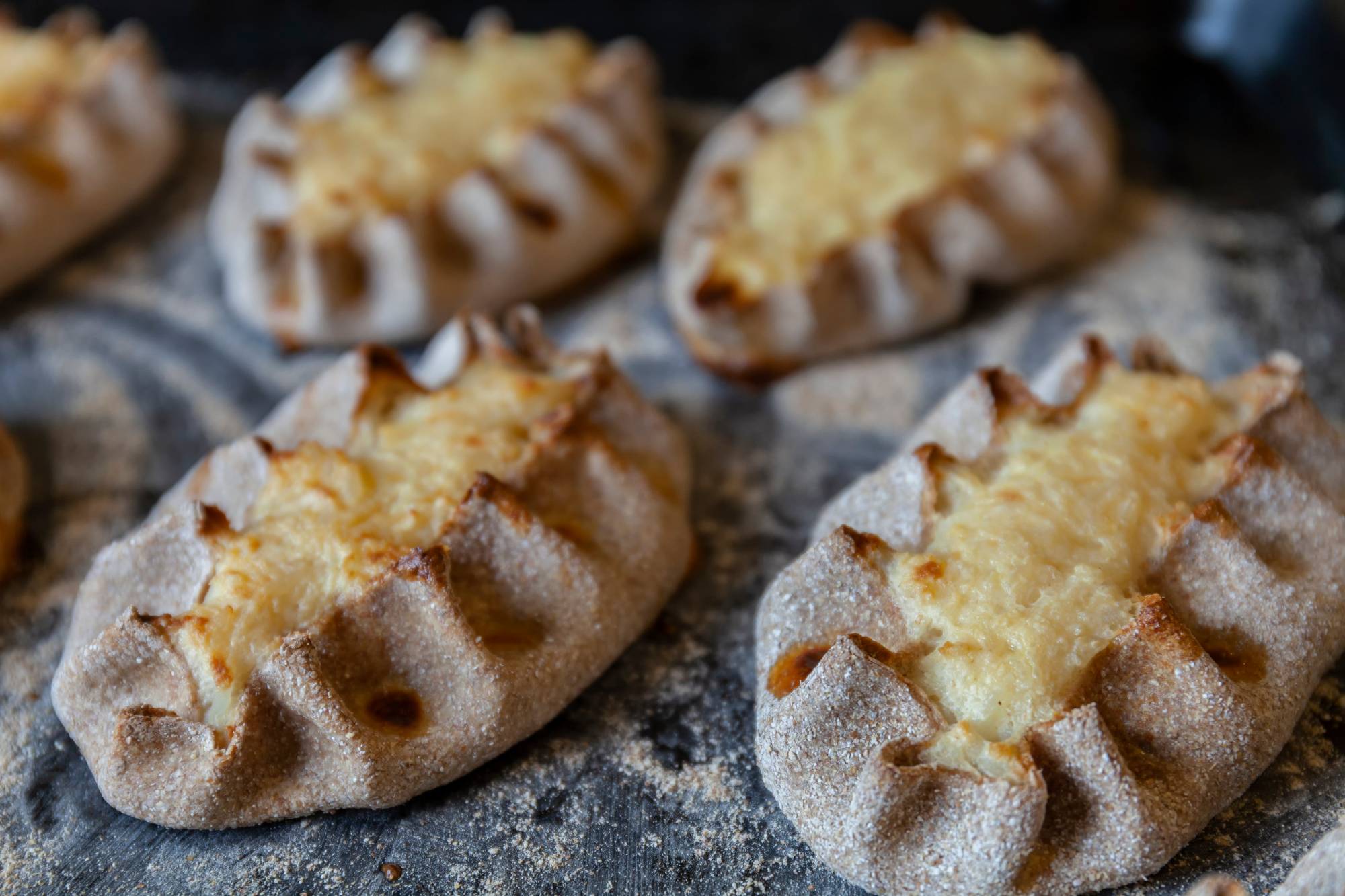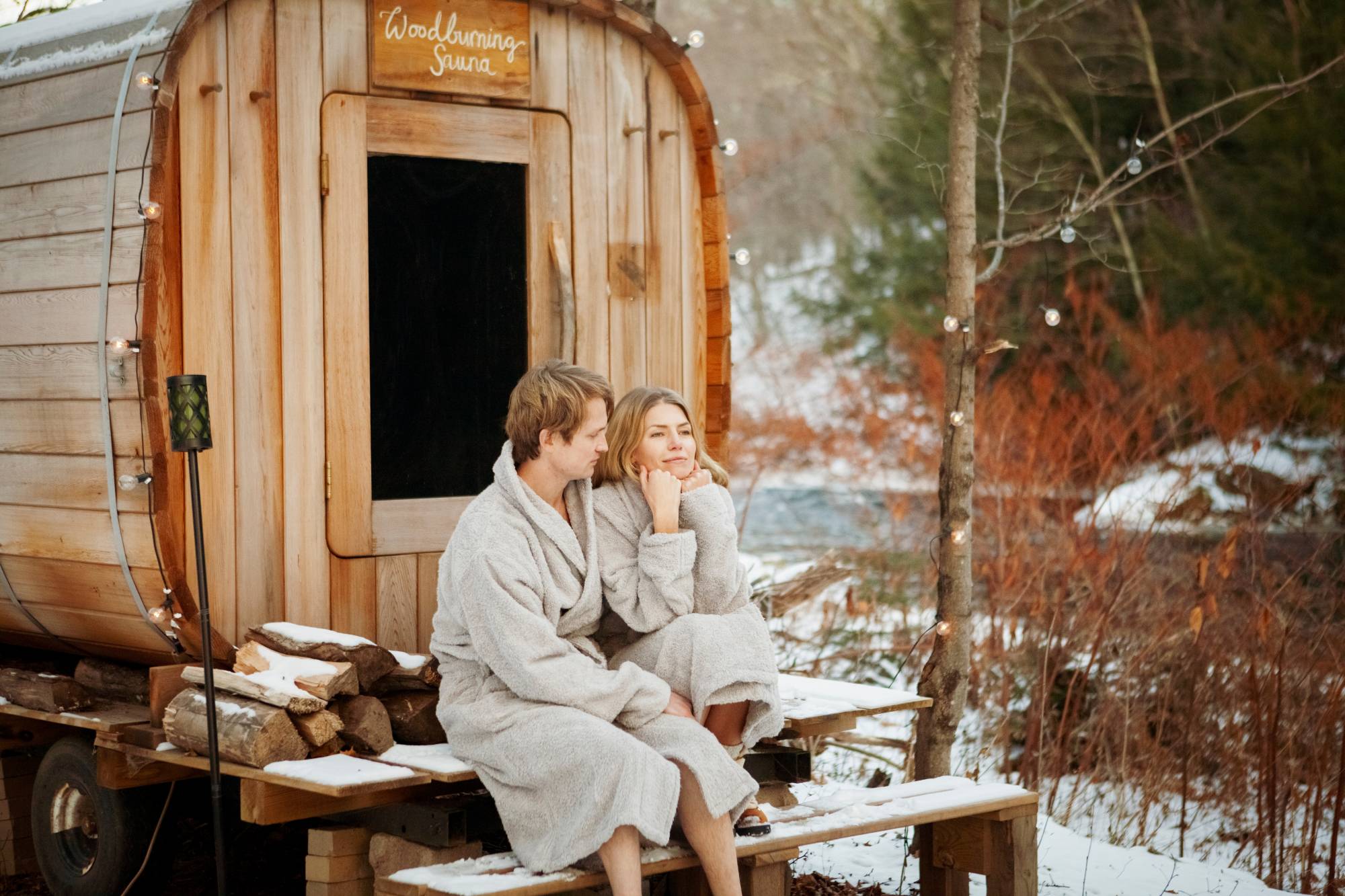Gateway to the Arctic
Holidays

An ideal destination in winter, when the snow covers everything, Lapland is known in Finnish folklore as a mythical place of shamans, spirits, and spells, a land of millenary legends that Laplanders have handed down from generation to generation and that most likely have their origins in the amazing natural phenomena of the Northern Lights and the Midnight Sun.
Here, north of the Arctic Circle, the snow lasts for around 183 days a year and it is easy to understand why a connection with nature has remained central to Lappish life throughout history. The region's forests and lakes have helped feed the locals for millennia, who still gather in the wilderness areas to hunt, fish, and pick berries and mushrooms.
Due to the abundance of snow, the Finns have not only had to live with a hostile nature trying to develop new forms of livelihood, but they have also honed their ability to adapt by becoming skilled ice builders: it is not uncommon in Lapland to find igloos and snow hotels, Christian chapels or restaurants made entirely of ice or even ice bars where you can stop for a drink along the way.

Lapland offers a fairytale landscape that is impossible not to be enchanted by, especially during a honeymoon or a trip to the most authentic Christmas atmosphere. This is where the legend of Santa Claus originated, in Rovaniemi, the capital of Lapland located right on the Arctic Circle.
An urban oasis in the middle of the Arctic wilderness, Rovaniemi is one of the world's most popular travel destinations, even in winter when temperatures drop below freezing. Here, just north of the city center, stands the Santa Claus Village, which attracts over five hundred thousand visitors worldwide each year, eager to meet Santa Claus in his official residence. For the little ones, visiting the town and seeing the big bearded man up close studying the map of the world with a trunk full of presents is a truly magical experience. Escorted by elves, they can visit the adjacent post office where thousands of letters from children from over 200 countries are delivered every day and from where they can send their cards to friends and family. The mail will then be stamped with the special Arctic Circle stamp.

The Arctic region is also popular for adults to spend an alternative holiday discovering the Northern Lights. These enchanting astral spectacles are visible for up to two hundred nights a year in Finnish Lapland - roughly from late August to early April - and can last for minutes or hours. Although the Aurora Borealis has helped fuel the folklore stories of the Sami people for millennia, these are actually optical phenomena characterized by the emission of luminous bands of changing shapes and colors due to the interaction of solar-charged particles with the Earth's ionosphere. Usually visible between 10 p.m. and 2 a.m., the "auroral arcs" typically appear red and green, and sometimes it is possible to see pink, purple, and even blue.

For a truly complete experience, it is advisable to join one of the many organized Northern Lights tours on snowmobiles, husky sleds, snowshoes, and reindeer sleighs, and discover all the myths behind this phenomenon with expert guides.

Another natural phenomenon typical of the polar regions is the midnight sun. At this latitude, in the periods between the two equinoxes, the sun stays above the horizon for up to 24 hours, resulting in particularly bright nights from the end of May until the first days of August. This means that 24 hours a day is available for activities such as jet skiing, trekking, river cruises, visits to husky and reindeer herds, and many more - practically everything that can be done during the day can also be done at night. In the winter months, the midnight sun is matched by the opposite phenomenon - the polar night, or 'Kaamos', when the sun remains below the horizon even during daylight hours.

Lapland's food culture is directly linked to its pristine nature, and fresh forest and river products play a key role in food preparation. Dishes made from game birds, such as grouse, heat hen, and black grouse, or waterfowl, such as mallard, are very popular during the hunting season.
Among the fishes the Finns love to catch in the clear waters of their rivers is salmon, whose soup is one of the region's signature fish dishes, but there are also trout, perch, whitefish, and Arctic char.

As well as being a symbol of Lapland, the reindeer is also a central part of Lappish cuisine. Starting with the famous reindeer sauté with mashed potatoes and fresh lingonberry jam - the most classic dish - and then moving on to sun-dried meat, cold cuts, and sausages, just to mention a few of the specialties of this cuisine, as robust as the landscapes from which it originates.

To fully get to know Finnish culture, it is necessary, finally, to get in tune with another pivotal element, the sauna. A spiritual place of physical and mental cleansing where you can relax, socialize and purify yourself. Being invited to the sauna is an honor, as well as a way to fraternize: when you are naked, in every sense, there is nothing left to hide and it is in the sauna that the most important decisions are taken.
With its dark walls due to the special heating process and the enveloping scent of fresh birch branches, the Finnish sauna offers a unique experience and contributes to making any stay in the most Christmassy area in the world even more magical.
